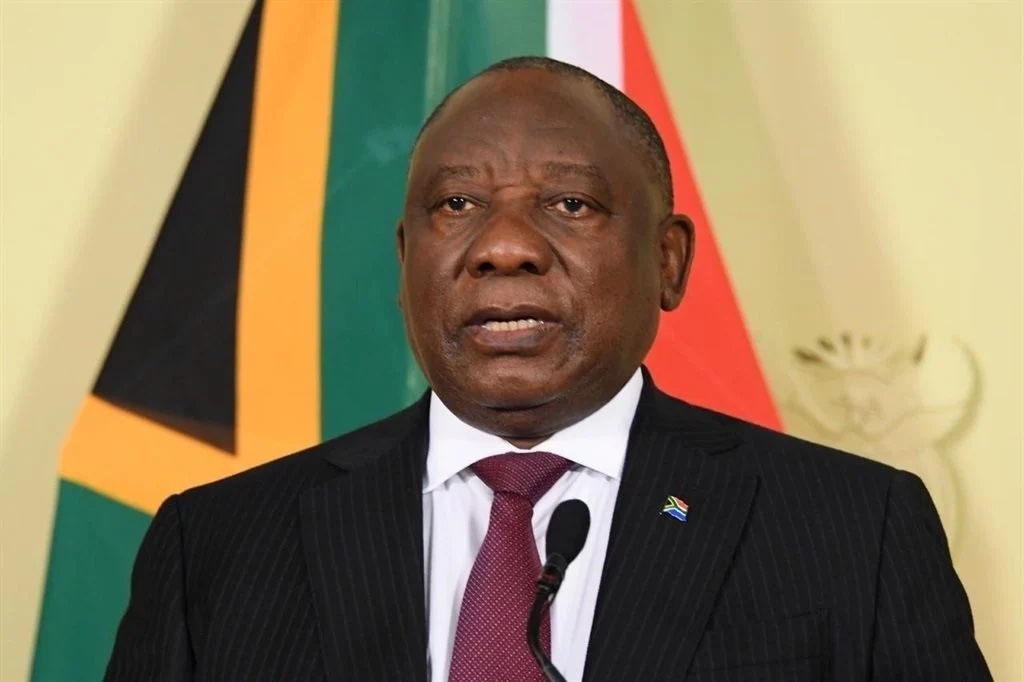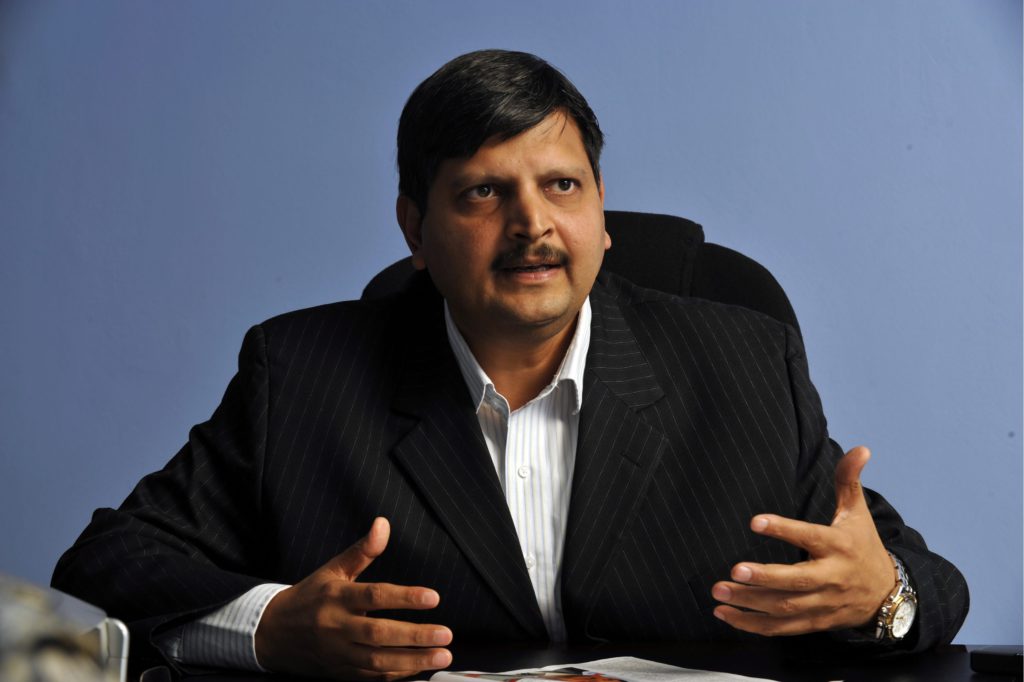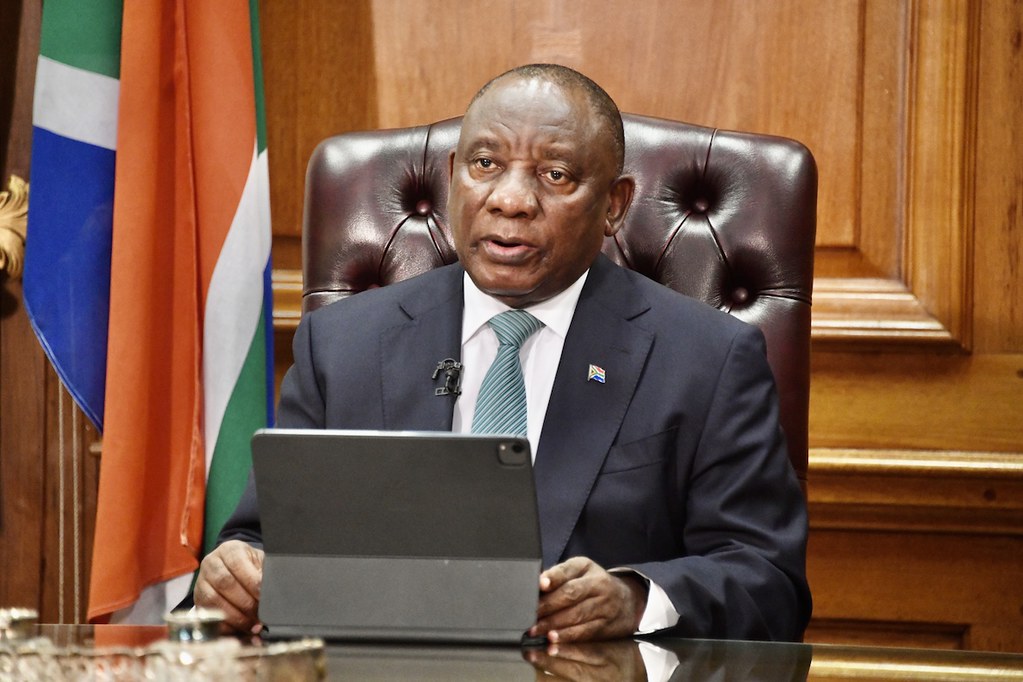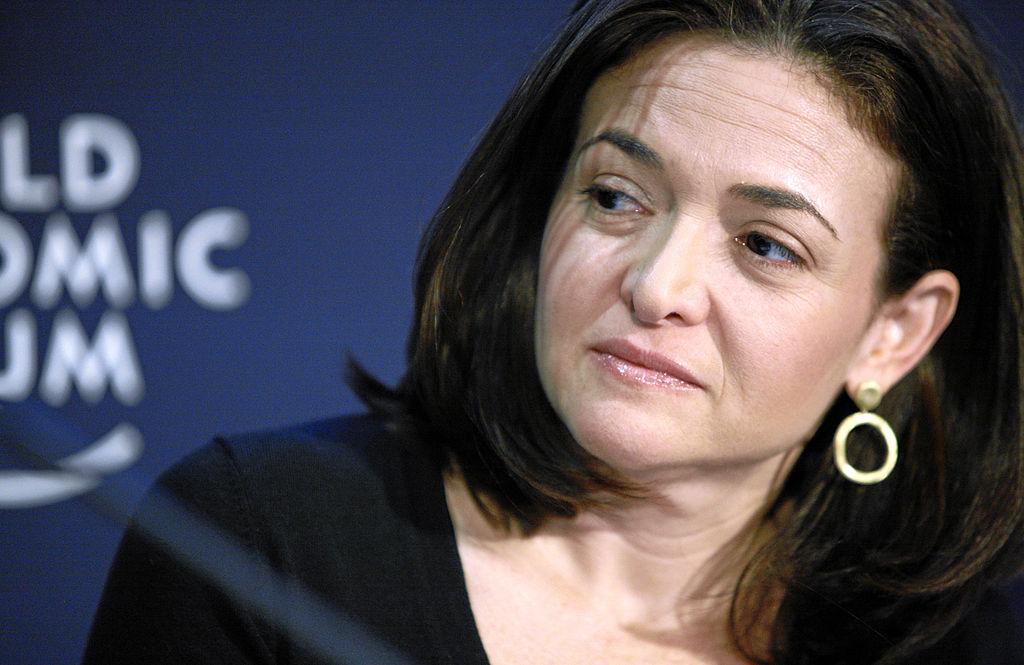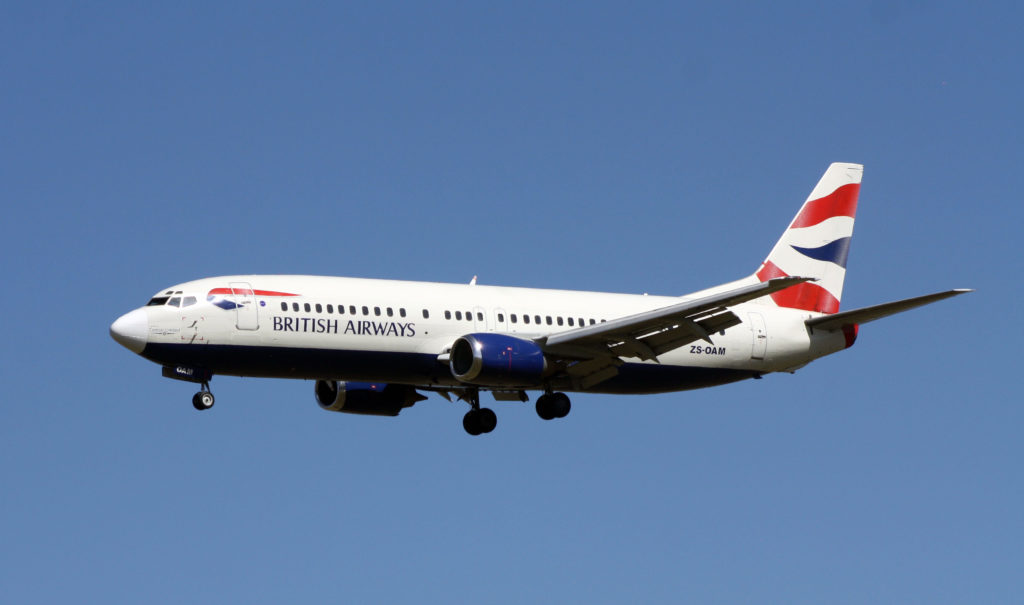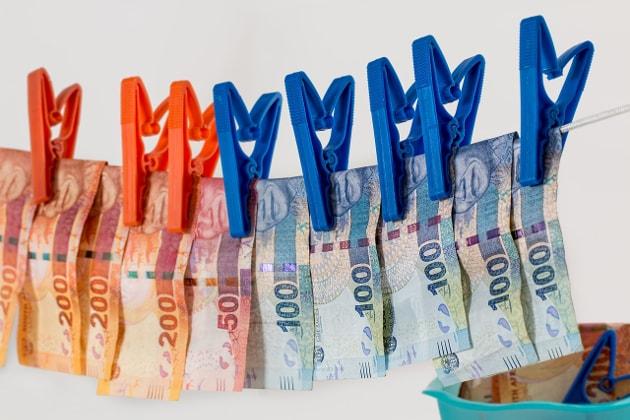One year on and eight billion shots in the largest global vaccination drive in history against Covid-19 and we’re still searching for the right shield as the virus mutates and wreaks havoc across the globe. Sinovac, one of the most widely used vaccines in the world, has just shown to provide an inadequate shield against the fast-spreading omicron variant. And China, which until now has managed to insulate the vast majority of its people from Covid-19 with closed borders and strict containment measures, faces the biggest threat. The country has given out 2.6 billion homegrown shots to its population of 1.4 billion people, reports Bloomberg.
The news from Johnson & Johnson, used in South Africa, isn’t better. Lab tests have found the J&J vaccine to produce virtually no antibody protection against omicron, underlining the new strain’s ability to get around one pillar of the body’s defences, Bloomberg says in a separate report. But South African virologist Penny Moore says the vaccine appears to provide some defence, perhaps via other means such as stimulation of immune cells.
South Africa’s other vaccine, the two-shot Pfizer, has also proven to be less effective at keeping people from getting infected, but those who had received two doses have a 70% chance of avoiding hospitalisation, a real-world study has shown. And Pfizer’s experimental Covid-19 pill is also highly effective at keeping patients out of hospital but less adept at erasing milder symptoms often associated with breakthrough infections.
While the scientists work hard to find our perfect shield, the UK, South Africa’s largest overseas market for tourism, has officially taken us off the travel red list, but not before causing major damage to the already ailing tourism sector. In a typical year about 450,000 British passport holders travel into SA, contributing R265bn to national income from tourism. The travel bans have also caused grave anxiety for travelers who had to fly blind as their travel plans changed on the fly.
In the markets, the rand is on the backfoot while we await the FOMC decision tonight. “The expectation that the Fed will come out very hawkish has kept the rand and other emerging market currencies from gaining back the ground lost during the end of November,” comments TreasuryONE.
“After the November sell-off due to the omicron variant, we have not seen a recovery from EMs as everyone is sitting on their hands. The rand held firm at R16.15 overnight and could test that level again as we await tonight’s outcome.”
The local unit was last trading at R16.07 against the US dollar.
On the commodity front, palladium recovered some of the losses it suffered in the previous session to last trade at $1,630. Platinum is slightly softer at $915, while gold ($1,770) held onto its worst daily loss since the end of November as investors weighed the latest US inflation data and counted down to the conclusion of the final Federal Reserve meeting of the year later today.
Here’s a roundup of the world’s top and most interesting headlines:
SA Business
- Joburg mayor takes a hard line on Soweto’s ‘culture of non-payment’ for electricity – Daily Maverick
- Eskom warns it could be forced to take 16,000MW off the grid – BusinessTech
- SA drops 13 places in the UN’s latest Global Knowledge Index – News24
Global Business
- Japan admits overstating some government economic data for years – Reuters
- Six more women file lawsuits against Tesla, allege sexual harassment worsened by Musk’s tweets – The Verge
- Toyota commits $70 billion to bolster electrification, shares rally – Reuters
Markets
- Most Asian markets retreat as Fed prepares faster taper – AFP
- Havoc is playing out below the surface of the stock market – Bloomberg
- Watchdog bans seven ads in crypto ‘red alert’ – BBC News
Tech
- Google is threatening to fire unvaccinated employees – The Verge
- YouTube says services fixed after disruption affects thousands – Reuters
- Brutal! Coinbase mistakenly told some customers they were billionaires – Mashable
Opinion/In-depth
- The government should establish proper pro-poor land reform instead of fiddling with the Constitution – Daily Maverick
- Explainer: How South Africa’s petrol price is set – The Conversation
- South Africa’s lucrative drugs highway to the land Down Under – Daily Maverick
Video
- New documentary highlights mining destruction on South Africa’s West Coast – Daily Maverick
- Musk sells more Tesla stock as valuation dips below $1 trillion – Bloomberg
- SA’s electricity crisis | New tariffs kick in 1 April – eNCA
Image: Pixabay


